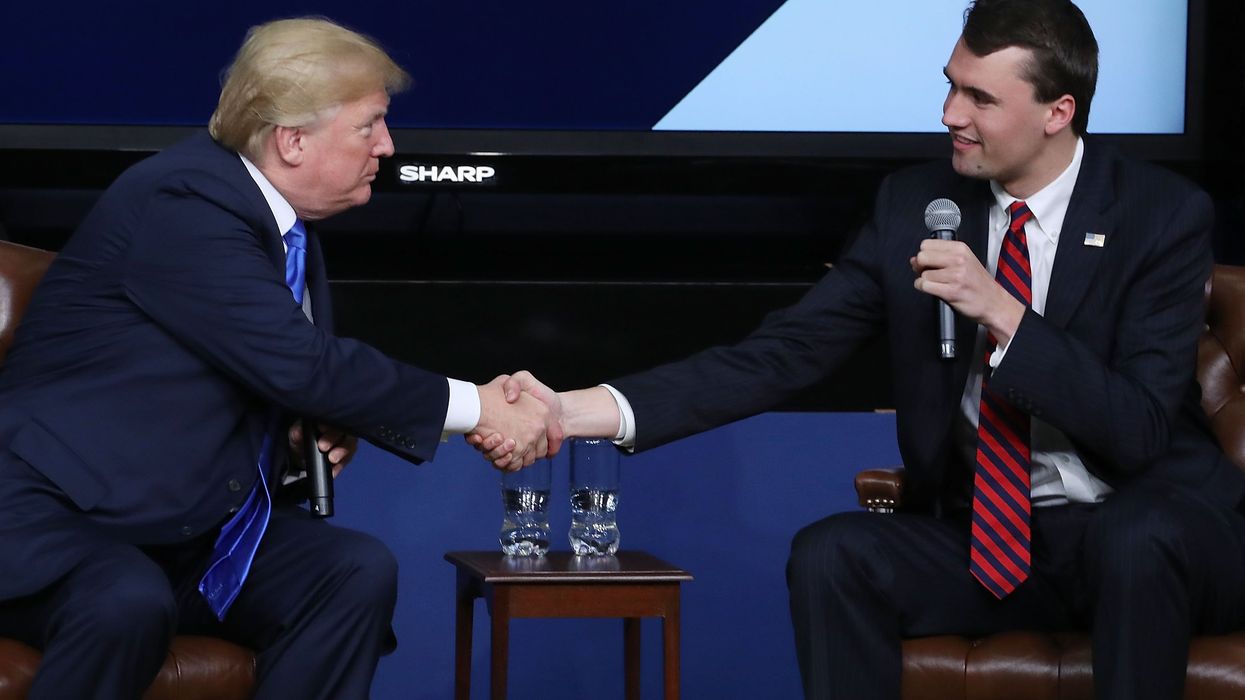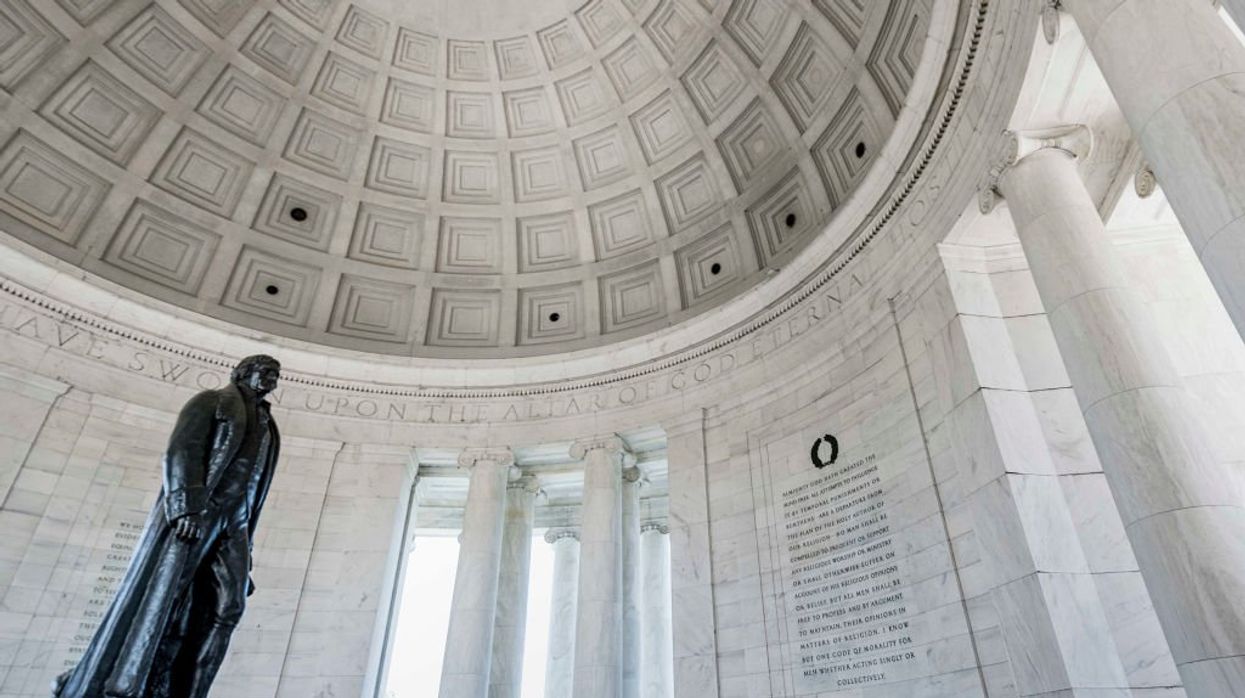How would you handle a $916 million financial loss? If you're anything like Donald Trump, you'd use the tax code to ease the burden.
The New York Times published three pages of the presidential candidate's 1995 tax returns, but was there a smoking gun?
"From what I know . . . it is not shady. It is standard practice in law, especially in business with tax law," Glenn said Monday on his radio program.
So is there anything that could be shady about avoiding taxes for more than 15 years --- or does that make Trump really smart?
Read below or watch the clip for answers to these tax-free questions:
• Should you take advantage of an available tax break?
• What's our moral obligation?
• Did Donald Trump do anything illegal?
• What's dangerous about Donald Trump's tax returns?
• If anything is shady about Trump's returns, is it still okay to celebrate?
Below is a rush transcript of this segment, it might contain errors:
GLENN: All right. So I want -- so I want to talk to you about Donald Trump's taxes. And in case -- in case you missed it, for what we know right now, there's -- nobody's claiming that he did anything illegal. It is a feature in the tax system. And if that's available to you, you should take it. It's not shady.
PAT: And what that is, is, he potentially didn't pay taxes for 18 or 20 years. But that's because he had a massive --
GLENN: I don't think you can do it that long. For fifteen years?
PAT: A massive write-down.
GLENN: Fifteen years?
STU: Fifteen into the future and three into the past.
PAT: So it's 18 years?
STU: But, again, they have no evidence to support that, other than the fact that he took a loss in one year. He may have taken losses in every other year too. We have no idea.
GLENN: Right. But you would take that. I mean, if you had a loss that big, you would take it.
PAT: You would. If you lost almost a billion dollars.
GLENN: Yeah, you would take that. Of course you would. And that's normal, rational. And everybody who would be in that situation would take it.
PAT: Yeah.
STU: Right. They're trying to say, well, it was immoral for him -- he just should have started paying taxes. No.
GLENN: No, it's not. If you sell your house and you have to sell your house at a massive and then you have a good year the next year, then you should take that massive loss and use it against it against the next year. Because you just lost all that money.
STU: Right. And there might be a moral -- and I think there is -- a moral reason to help people. That does not mean there's a moral reason to pay taxes into a system where they're going to waste it constantly. You have to follow the law.
PAT: There is a moral reason to help people. But it has nothing to do with taxation anyway. You don't give it to the government to give it to somebody. You give it to somebody. That's your moral obligation.
GLENN: Right. So here's the problem with this, because this is being interpreted by many as kind of shady, on both sides. Okay? Shady.
A, from what I know about it, it is not shady. It is standard practice in law, especially in business, with tax law.
STU: Real estate.
GLENN: Right. And real estate. It is standard practice. So it's not shady at all. But people are -- people -- some people -- supporters are celebrating this, thinking that even if it is shady, he's smart. That's dangerous.
The -- the celebration behind it, if you think it's shady, is dangerous. Because this is the beginning of burn the entire system down. This is the beginning of, if -- if I can get away with it, I'm going to.
That's not who we are. That's not who we are. We should not be the kind of people of, "If I can get away with it, I'll do it." Jeffy, say nothing.
We are -- we are -- as a nation, should not be celebrating that kind of attitude. But that's not -- that's not the case here. This is not shady.
PAT: Especially since those same people would be saying we're a nation of laws, and that's why we've got to uphold the border laws. Well, the same thing applies to taxes. We're a nation of laws.
GLENN: Yes. Right. If he did something shady, which is not even being thrown his way, he should pay the penalty. And he should not celebrate that as being smart. But this was not shady, as far as we know.
Featured Image: US Republican presidential nominee Donald Trump visits the Gerald Ford Presidential Museum in Grand Rapids, Michigan, on September 30, 2016. (Photo Credit: JEWEL SAMAD/AFP/Getty Images)


 Mark Wilson / Staff | Getty Images
Mark Wilson / Staff | Getty Images
 John Greim / Contributor | Getty Images
John Greim / Contributor | Getty Images